Expert Tips for Extending the Life of Your Solar Lights
Solar lights are an eco-friendly and cost-effective way to illuminate your outdoor spaces, harnessing the power of the sun to create a warm ambiance. However, like any technology, solar lights require proper care to maintain their performance and extend their lifespan. With the right maintenance practices, you can ensure your outdoor solar lighting remains efficient and reliable for years. This article provides practical, expert-level advice on how to maintain your solar lights, including cleaning solar panels, replacing parts, and optimizing their placement to maximize durability and performance.
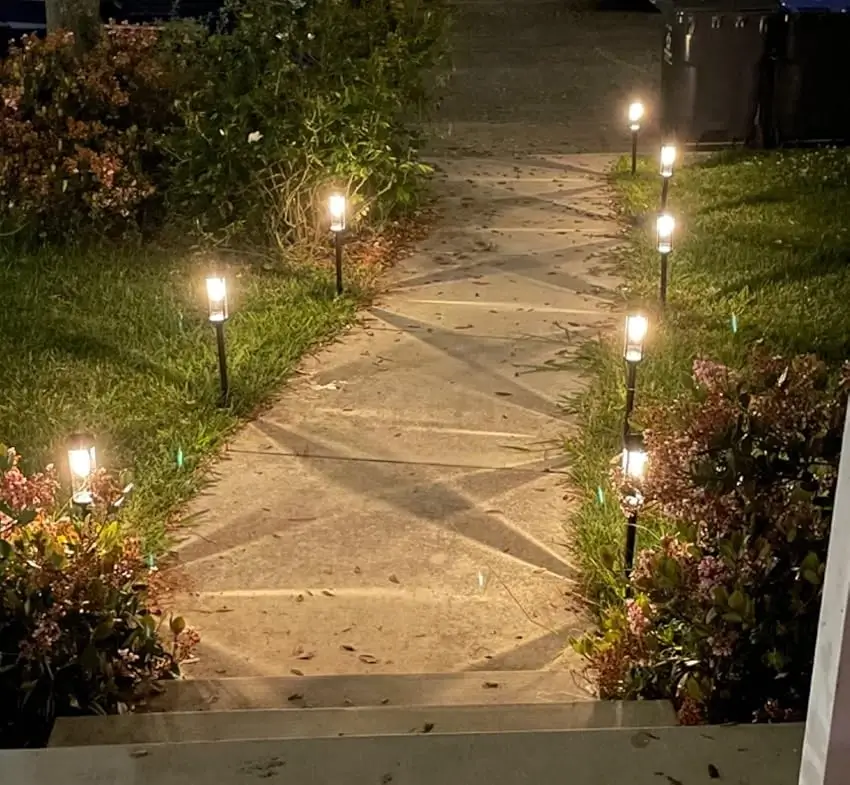
Why Solar Light Maintenance Matters
Maintaining solar garden lights is essential to ensure they continue to function efficiently. Over time, dust, dirt, and environmental factors can reduce the effectiveness of solar panels, while wear and tear on components like batteries and LEDs can diminish performance. Regular upkeep not only improves solar light efficiency but also prevents costly replacements. By adopting a proactive approach to solar light maintenance, you can enjoy consistent illumination and contribute to a sustainable lifestyle.
Cleaning Techniques for Optimal Performance
One of the most critical aspects of solar light care is keeping the solar panels clean. Dust, bird droppings, leaves, and other debris can accumulate on the surface, blocking sunlight and reducing the panel’s ability to charge the battery. To maintain solar panel efficiency, clean the panels every one to two months, depending on your environment.
How to Clean Solar Panels
- Use a soft cloth or brush: Gently wipe the solar panel surface with a soft, clean cloth or a non-abrasive brush to remove dust and debris. Avoid using harsh scrubbers that could scratch the panel.
- Mild cleaning solution: For stubborn stains, use a small amount of water mixed with a mild, non-abrasive detergent. Ensure no water seeps into the panel’s internal components, as this could cause damage.
- Dry thoroughly: After cleaning, use a dry cloth to remove any residual moisture to prevent corrosion or electrical issues.
- Clean the light fixture: Dust on the LED or light cover can dim the output. Wipe the fixture gently to maintain solar light brightness.
Regular cleaning not only enhances solar energy conversion but also ensures your lights shine brightly. For those in dusty or pollen-heavy areas, more frequent cleaning may be necessary to maintain solar light performance.
Replacing Parts to Extend Lifespan
Over time, certain components of solar-powered lights may wear out, particularly batteries and LEDs. Knowing how to replace these parts can significantly extend the life of your solar outdoor lights.
Replacing the Battery
The battery is the heart of any solar lighting system, storing energy to power the light at night. Most solar light batteries last between one to three years, depending on usage and quality. Signs that your battery needs replacement include dimming lights, shorter illumination times, or failure to turn on.
- Check the battery type: Most solar garden lights use rechargeable NiMH or Li-ion batteries. Verify the correct type and size before purchasing a replacement.
- Access the battery compartment: Carefully open the light’s battery compartment, usually located near the solar panel or light fixture. Use a screwdriver if necessary, but avoid damaging the casing.
- Replace with care: Remove the old battery and insert the new one, ensuring proper polarity. Secure the compartment tightly to prevent water ingress.
- Recycle old batteries: Dispose of used batteries at a recycling center to support eco-friendly lighting practices.
Replacing the LED Bulb
While LEDs in solar LED lights are designed to last up to 50,000 hours (roughly 10 years), they can occasionally fail due to electrical surges or manufacturing defects. If your light stops working, check the LED before replacing the entire unit.
- Inspect the LED: If the light is dim or flickering, the LED may need replacement. Consult the manufacturer’s guide for the correct LED type.
- Replace carefully: Disconnect the power (if possible) and replace the LED, ensuring proper connections. Test the light afterward to confirm functionality.
Checking the Solar Panel
If cleaning doesn’t restore performance, the solar panel itself may be damaged. Look for cracks, discoloration, or loose connections. If the panel is faulty, replace it with a compatible model, ensuring it matches the voltage and wattage requirements of your solar lighting system. For complex repairs, consider consulting a professional to avoid damaging the system.
By proactively replacing worn parts, you can extend the life of your solar landscape lights and maintain their reliability.
Proper Placement for Maximum Efficiency
The placement of solar lights plays a pivotal role in their performance and longevity. Incorrect positioning can lead to insufficient charging, reducing both solar light lifespan and brightness. Here are expert tips for optimizing placement:
- Maximize sunlight exposure: Position solar panels in areas that receive at least six to eight hours of direct sunlight daily. Avoid shaded spots under trees, buildings, or other obstructions, as shadows can significantly reduce solar energy efficiency.
- Angle the solar panel: Tilt the panel to face the sun’s path, typically southward in the Northern Hemisphere, to capture maximum sunlight. Adjust the angle seasonally if possible to account for the sun’s changing position.
- Avoid light pollution: Place solar pathway lights away from artificial light sources, such as streetlights or porch lights, which can confuse the light sensor and prevent the light from turning on.
- Secure the fixture: Ensure the light is firmly anchored to prevent it from tipping over in strong winds or storms, which could damage the solar panel or internal components.
Proper placement not only boosts solar light performance but also reduces wear on the battery, as efficient charging minimizes strain on the system.
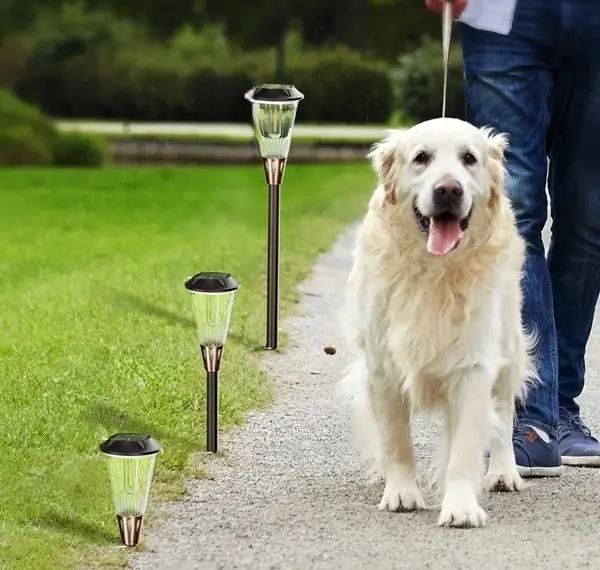
Additional Maintenance Tips
Beyond cleaning and part replacement, other practices can enhance the durability of your solar outdoor lighting:
- Inspect connections regularly: Check wiring, connectors, and mounting brackets for looseness or corrosion, especially after heavy rain or storms. Tighten or replace as needed to maintain solar light reliability.
- Protect against extreme weather: In areas prone to heavy snow or hurricanes, consider temporarily removing solar lights or securing them to prevent damage. For fixed installations, ensure they are rated for your local weather conditions.
- Monitor performance: Periodically test your lights to ensure they turn on and off as expected. If a light fails to operate, troubleshoot by checking the battery, panel, and connections before assuming a major fault.
Common Issues and Troubleshooting
Even with proper care, solar lights may encounter issues. Here are common problems and solutions:
- Light not turning on: Check the battery charge, clean the solar panel, and ensure the light sensor isn’t blocked. If the issue persists, test the battery or LED for faults.
- Dim lighting: This often indicates a dirty panel or a failing battery. Clean the panel first, then replace the battery if the problem continues.
- Short runtime: If the light turns off prematurely, the battery may not be charging fully due to insufficient sunlight or a degraded battery. Verify placement and consider a battery replacement.
For persistent issues, consult the manufacturer’s manual or contact their support team for specific guidance on your solar lighting system.
The Role of Quality in Longevity
Investing in high-quality solar lights from reputable brands can make a significant difference in lifespan. Look for lights with durable materials, such as corrosion-resistant stainless steel or weatherproof plastic, and check for warranties that cover batteries and panels. While cheaper options may seem appealing, they often use lower-quality components, leading to faster degradation and more frequent solar light repairs.
Environmental and Economic Benefits
Proper maintenance of solar-powered lights not only extends their life but also maximizes their environmental benefits. By reducing the need for replacements, you minimize waste and support sustainable lighting practices. Additionally, well-maintained solar lights reduce reliance on grid electricity, lowering your carbon footprint and energy costs.
Conclusion
Extending the life of your solar lights is achievable with regular maintenance, timely part replacements, and strategic placement. By keeping solar panels clean, replacing batteries and LEDs as needed, and positioning lights for optimal sunlight exposure, you can ensure years of reliable, eco-friendly illumination. These expert tips empower you to maintain solar garden lights, solar pathway lights, and other outdoor solar lighting with confidence, enhancing both their performance and your outdoor spaces.
Whether you’re illuminating a garden, pathway, or patio, a little care goes a long way in preserving the beauty and functionality of your solar lighting system. Start implementing these practices today to enjoy brighter, longer-lasting solar lights that light up your world sustainably.

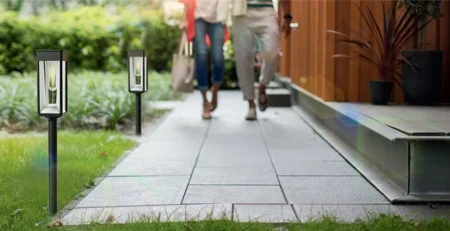
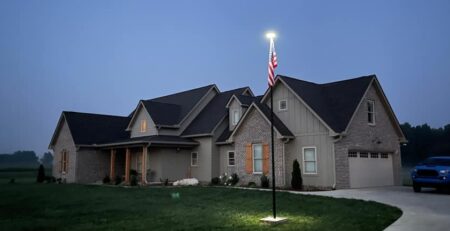
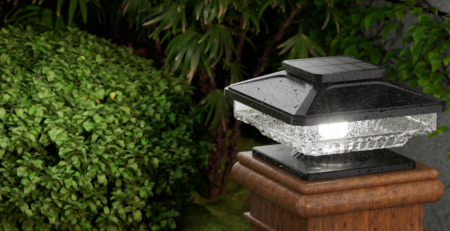
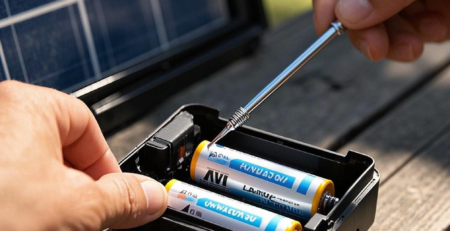
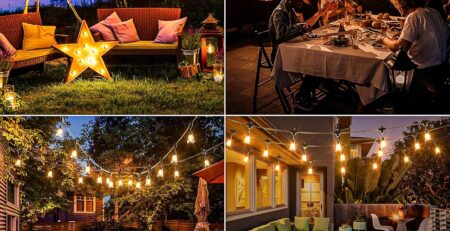
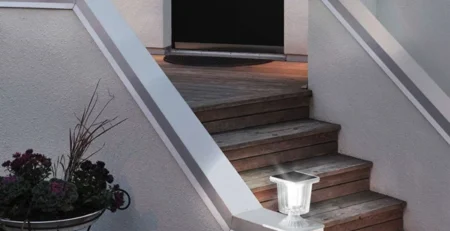
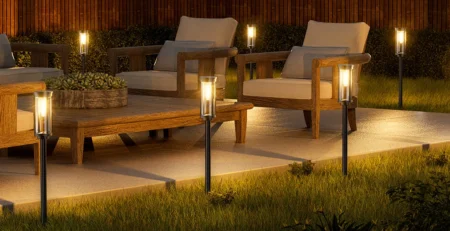
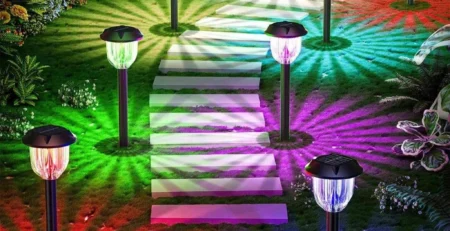
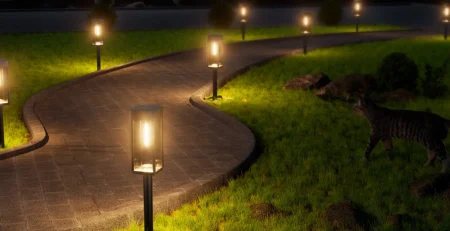

Leave a Reply